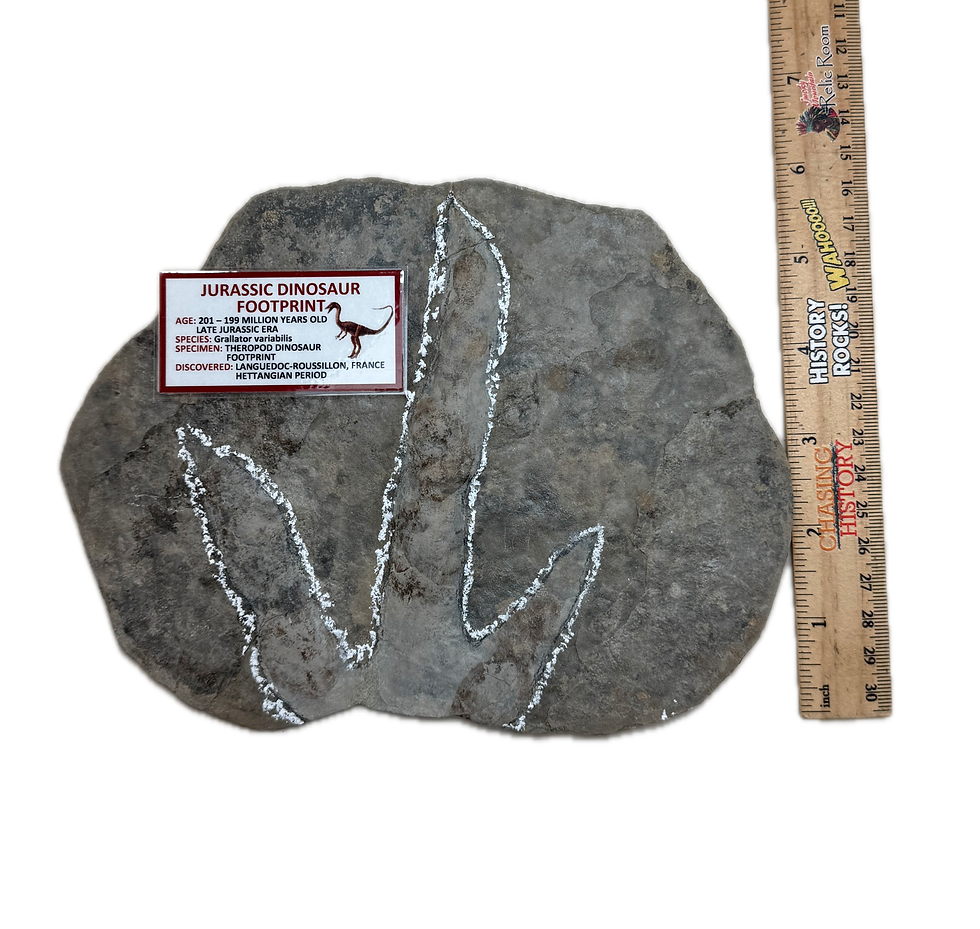The SS Central America, often referred to as the "Ship of Gold," played a significant role in the California Gold Rush of the 19th century. The ship was a sidewheel steamer that operated during the mid-1800s, primarily tasked with transporting passengers and cargo between the East Coast of the United States and the West Coast, particularly during the height of the gold rush. In September 1857, the SS Central America set sail from Panama with around 500 passengers and a cargo hold filled with California-bound gold, along with other valuable items.
Tragically, the ship encountered a severe hurricane off the coast of the Carolinas, leading to its sinking on September 12, 1857. The storm, now infamous as the "Ship of Gold Hurricane," caused the vessel to succumb to the tempestuous sea, resulting in the loss of nearly 425 lives and an estimated three tons of California gold. The sinking had a profound impact on the American economy, contributing to the Panic of 1857 as the loss of the gold cargo led to financial instability.
The discovery of the SS Central America's wreckage in the late 20th century, over a century after its sinking, marked one of the most significant marine salvage operations in history. In the 1980s, the Columbus-America Discovery Group located the ship's remains and recovered a vast treasure trove of gold coins and bars, as well as various artifacts. The findings not only added to our understanding of maritime history but also reignited interest in the captivating tale of the SS Central America, connecting it with the larger narrative of the California Gold Rush and the economic upheavals of the time.
This coal fragment measures roughly 2.5cm
top of page
SKU: SWUS4
$85.00Price
Related Products
bottom of page





















